Let’s stay connected
Keep in touch with the nature you love. We’ll bring trees, woods and wildlife to your home and garden, from virtual visits and craft activities to interactive quizzes and inspirational stories.
Sign up now
Content manager, botanist and tree lover
Beds have been hoed, spring bulbs deadheaded and hedges pruned. Thanks to life under lockdown, gardens across the UK are probably starting to look immaculate by now.
But while most people wage war on weeds at this time of year, not many stop to consider whether they're edible. What's more, some of these common plants are also delicious and nutritious. From a generous gathering of nettle leaves to an experimental scattering of flowers - our back gardens can be unlikely but rewarding places for a foraging foray.
Here are seven easy-to-identify and common edible garden weeds to get you started. Before you do, never eat anything you’re not 100% sure of and make sure your garden hasn't been sprayed with any chemicals. Read our safe foraging guidelines.
Dandelion, common dandelion, blowball, lion's tooth, pee-a-bed.
Flowers, leaves and roots.
Its flowers are most widely used to make dandelion wine, but all parts of the plant are edible, both raw and cooked. Add the slightly bitter young leaves to salads, sandwiches or pies.
Flowers can be used in many dishes from risotto to omelettes, for decoration and to make beer, wine and syrup. Unopened buds can be marinated and used like capers.
Roots can also be thrown into stir-fries or added to vegetable dishes, or try making dandelion coffee by drying then grinding the roots.
Nettle, stinging nettle.
Leaves, stems, shoots, flowers and seeds.
The favoured leaves to pick are the tips – they’re tender and give the best flavour. You can use gloves to avoid being stung.
The leaves have a flavour similar to spinach. You can use nettle in the same way as spinach or to make tea, beer or soup (try creamy nettle and potato). Or try adding a handful of young nettle leaves to home-made pesto.
Chickweed, common chickweed, winterweed, starweed.
Leaves, stems, flowers and seeds.
Pick the young, fresh leaves as they are most tender. They can be added to salads with lemon and olive oil dressing. Blend into homemade pesto, or use to liven up fish or chicken.
The tiny white, edible flowers make a pretty salad garnish.
Hairy bittercress, lamb's cress, hot weed.
All parts.
All parts of the plant can be eaten when young. Pick leaves and flowers from the middle of the plant and wash well. Since they grow low to the ground they're often gritty or dusty. It has a hot, peppery flavour, great for salads, soups, salsa, pesto or as a substitute for cress or rocket.
Goosegrass, cleavers, sticky willies, Velcro plant.
Leaves, stems, flowers and seeds.
If you’re going to eat this plant as a vegetable, pick the leaves and shoots when really young. Cook it as a green vegetable or add to soups, stews and pies.
You can also eat the seeds (this plant is in the same family as coffee). Wait until they’ve hardened, then roast and grind as a coffee substitute.
Garlic mustard, hedge garlic, Jack-by-the-hedge.
All parts.
Its leaves have a mild, peppery garlic flavour. Pick them when they're young, thin and vibrant green. Chop them as a herb to add to soups, dressings, casseroles or sauces. You can also add leaves to salads and sandwiches (especially cheese).
Roots of established plants can be chopped in place of horseradish.
Ground elder, goutweed, herb Gerrard, bishops weed.
Leaves and shoots.
It's a very versatile plant with a similar flavour to parsley that goes well with fish. Eat the young leaves and shoots raw or add to salads and sandwiches.
You can cook the leaves in a similar way to spinach by steaming or softening in butter. Or add them to anything you're making like soups, stews, bubble and squeak and pasta dishes.
Keep in touch with the nature you love. We’ll bring trees, woods and wildlife to your home and garden, from virtual visits and craft activities to interactive quizzes and inspirational stories.
Sign up now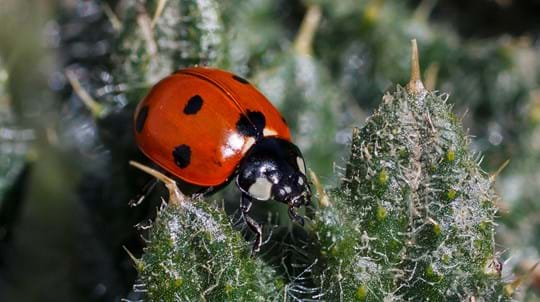
Blog
Charlie Mellor • 16 Apr 2024
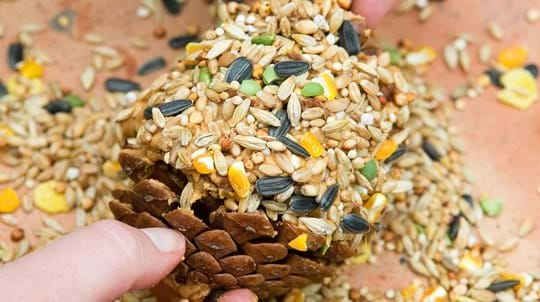
Blog
Amy Lewis • 15 Jan 2019
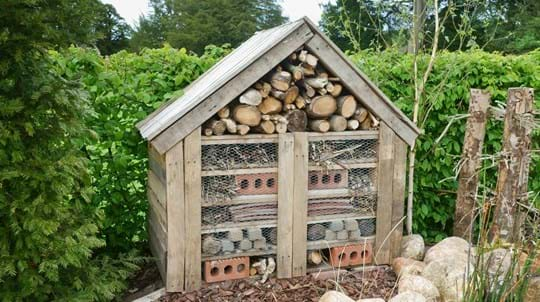
Blog
Danielle Wesley • 05 Sep 2019
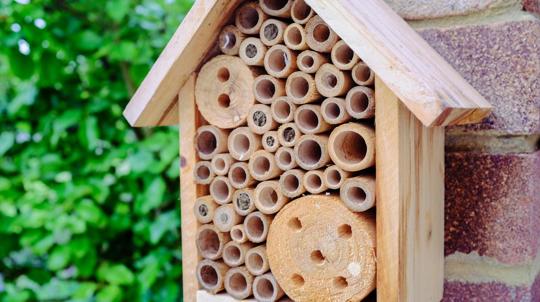
Blog
Hannah Vickers • 17 Apr 2020
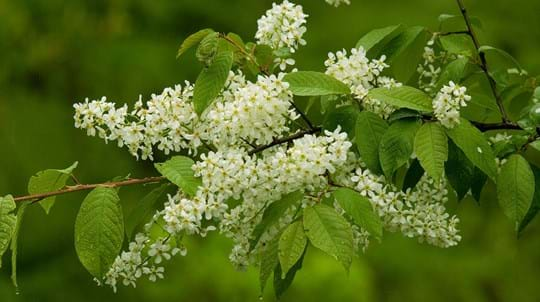
Blog
Helen Keating • 08 Nov 2021